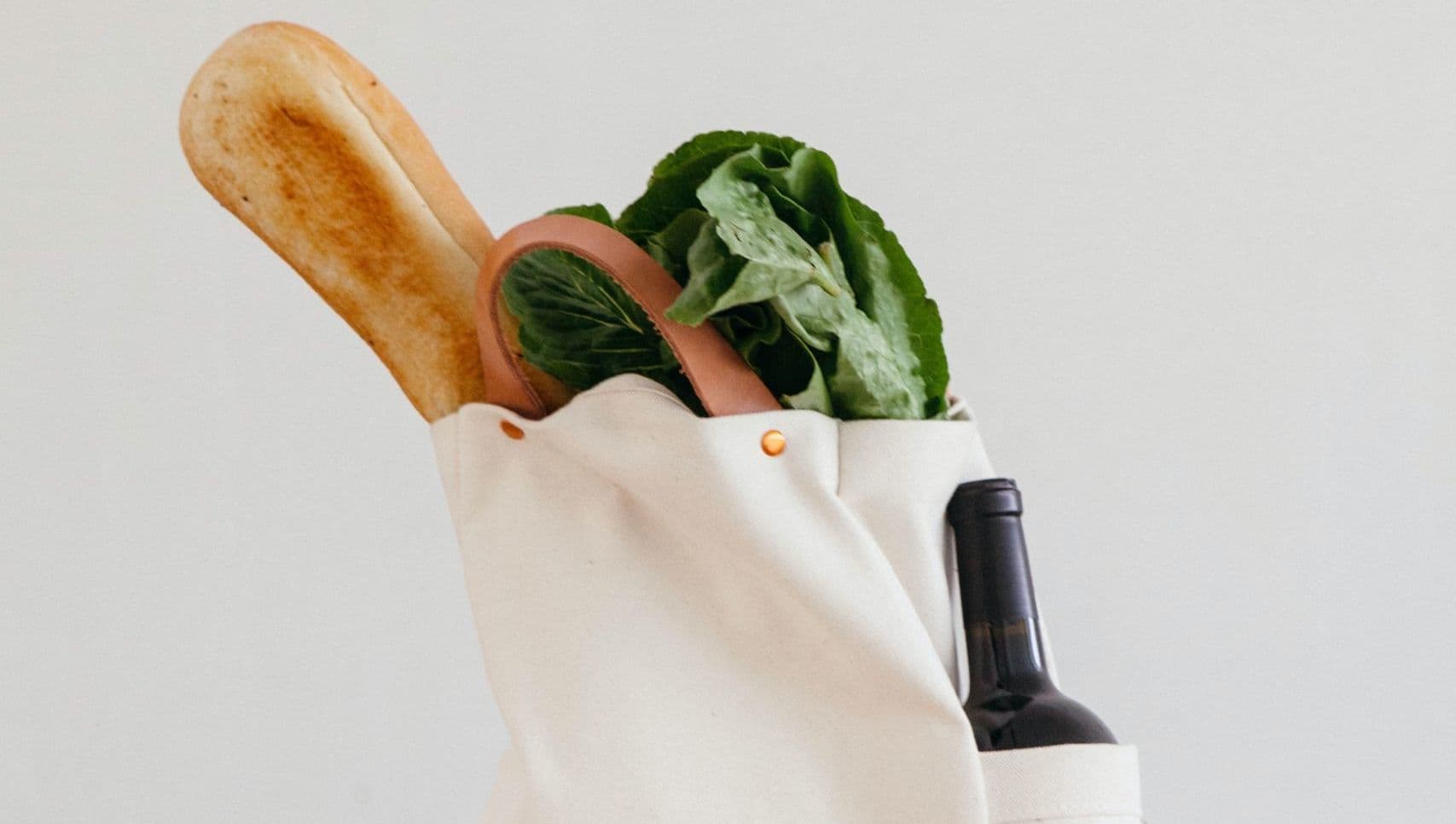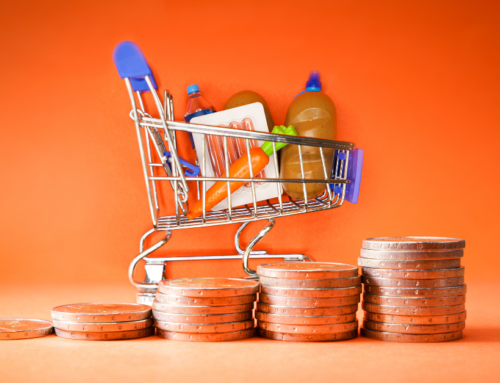Last updated on October 15, 2021
The importance of winning over grocery shoppers has arguably never been higher. Consumers are making fewer trips to a smaller list of stores and a fifth of them are prepared to switch from their regular store.
So what determines which grocery store Canadian customers choose to visit, and what factors are breaking the bonds of brand loyalty?
Caddle turned to our daily panel of 10,000 Canadian consumers to find out.
Social distancing really matters
To Canadians visiting physical locations, part of the in-store experience has become more crucial than ever to where they choose to buy groceries.
Right now that means rigorous enforcement of social distancing policies. So much so, in fact, that a significant proportion of Canadians would abandon their preferred grocery store if they were not comfortable with the social distancing measures taken.

Almost half (48.4%) of the panel said they would switch stores if their store was not enforcing social distancing policies.
Product availability remains key
While grocery chains have been able to replenish shelves after the initial burst of panic buying, product availability remains the driver of grocery store choice.
When we asked the Caddle panel on March 30th what determined which store they would visit, 33.4% cited product availability.
However this was around the time of frequent media coverage about empty shelves and panic buying. Have priorities changed in recent weeks? In a word, no.
Product availability remains the big decision maker. We asked the panel on April 12 and 43.4% said product availability was most important, although to a slightly differently worded question.

Nevertheless the picture is the same, availability matters more than competitive prices, or store location.
Is click and collect an alternative?
Compared to shopping in store, click and collect services are less popular – even during the current pandemic.
When looking specifically at panel members who had used click and collect services, 38% said they preferred in-store purchasing, compared to 28% who said they preferred ordering online and collecting.

Gen Z are the most open to click and collect. With 31% preferring it to instore, and 33% opting for the traditional in-store experience.
Baby Boomers are the least receptive with nearly 60% saying it is less preferable to buying in store.
This matters now in particular given the efforts chains are making to ensure access to grocery stores for older Canadians such as opening early or designating specific hours for seniors.
Based on this data at least, ordering ahead online will not play a part in creating more opportunity for older Canadians to buy groceries.
What is putting people off click and collect?
We asked the panel what they felt were the biggest obstacles with click and collect. The responses suggest consumers miss the choice, as well as the ability to easily browse the wide array of goods.
Panel members told us that selection and appearance of the product were the two biggest obstacles, followed by the time to prepare the order.

Alongside these obstacles are concerns about cost and complexity. Asked which word they associated most with the click and collect programs, 15.5% chose ‘complex’.
A further 14% selected ‘expensive’, which is surprising given the relatively modest fees charged for collection. If not related to service fees, this suggests wider concern about either higher prices online generally, or the ability to browse for savings on an online platform.
Is this a messaging issue?
Alongside the perceptions of cost or complexity, part of the reason there hasn’t been a wider take up of click and collect type services is a lack of awareness.
We asked the panel where they had heard about such services. Looking only at the respondents that told use they had never used click and collect 25% said they had never seen any messaging about click and collect services.
Main Takeaways
No.1 |
Social distancing is crucial to in-store experience
Now really is the time for grocery stores to show how seriously they take social distancing. The data here suggests that customers will reward the stores that make this the focus of in-store experience — so long as they keep their shelves stocked.
No.2 |
Click & Collect isn’t first choice experience
Consumers still prefer the in-store experience. If stores want to encourage more customers to use click and collect services — whether during the pandemic or after — customers needs to be convinced with a better experience.
This means finding ways to improve the online browsing experience through better selection or product visibility, and minimizing any unnecessary complexity.
No.3 |
Grocery pickup services need sharper comms
Given that a quarter of those who hadn’t used click and collect weren’t aware of it, any push to increase usage of click and collect needs a stronger push on messaging. This could also go some way to countering the perception of the service as ‘complex’ or ‘expensive’.
*Disclaimer: all data presented is owned by Caddle and has a Margin of Error of 1% or lower.
Get better business insights, faster, with Caddle.
Want more Caddle Insights? Sign up to our email list!





Leave A Comment